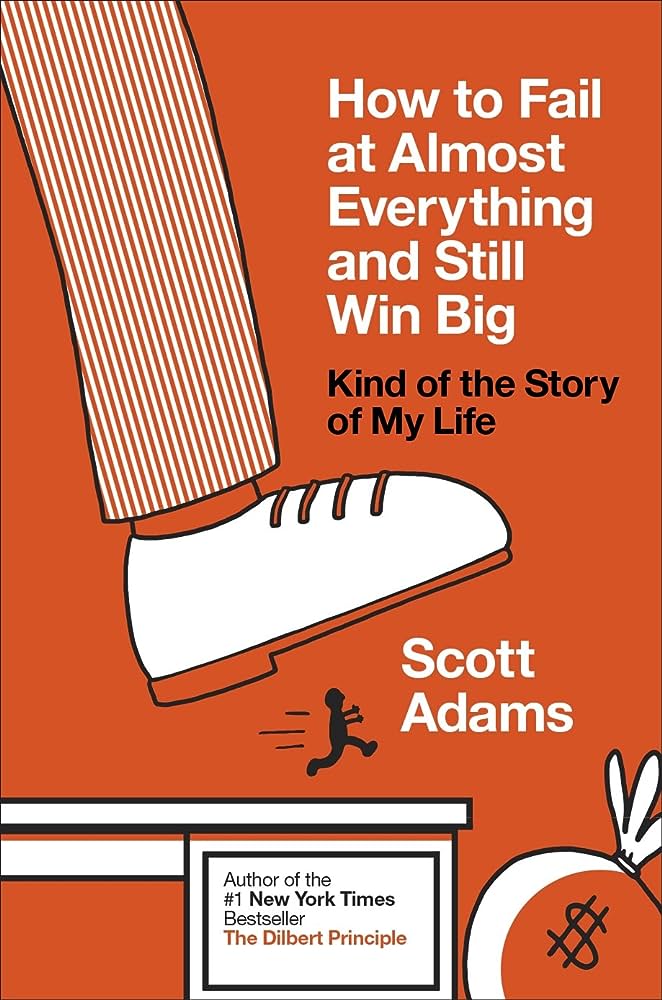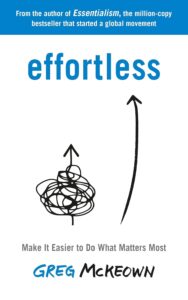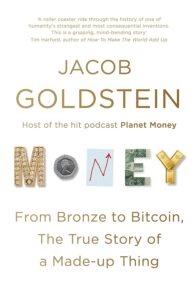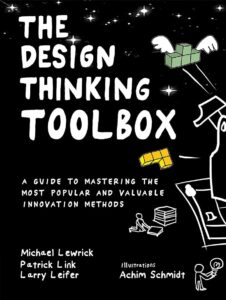Mishaps & Musings: Navigating Life with Wit and Wisdom
Humorous insights on life, failures, experts, and happiness, with candid anecdotes and quirky analogies involving babies and tech moguls.
In the vast expanse of literature, every once in a while, a book emerges that not only informs but also inspires. “How to Fail at Almost Everything” is one such gem that offers readers a blend of wit, wisdom, and real-life anecdotes, making it a must-read for anyone seeking enlightenment and entertainment in equal measure.
From the very beginning, the book captivates with its unique voice. The author’s humorous self-awareness is evident when they mention, “I should warn you that 75 percent of my analogies involve feces, babies, or Steve Jobs. I do not apologize for that.” Such candid remarks are scattered throughout, making the reading experience both relatable and refreshing.
One of the book’s strengths lies in its ability to weave real-life examples into its narrative seamlessly. A particularly poignant moment is the recounting of a student’s public speaking experience. The student, after a perceived failure, is uplifted by an instructor’s words, “We had just witnessed an extraordinary act of personal bravery, the likes of which one rarely sees.” This story serves as a testament to the transformative power of perspective and the importance of resilience.
“How to Fail at Almost Everything” also delves into the intricacies of dealing with experts. The author’s personal experience with a misdiagnosis and the subsequent realization that “sometimes experts get it wrong on the first try” serves as a powerful reminder to trust one’s intuition, especially when it comes to personal well-being.
Moreover, the book is not just about individual experiences. It offers insights into broader themes like the chemistry of happiness. The author provides actionable steps, such as working towards a flexible schedule and reducing daily decisions to routine, to stimulate happiness. Such advice, grounded in both research and personal experience, makes the book a valuable guide for those seeking to enhance their well-being.
However, the author is quick to remind readers of the book’s non-prescriptive nature, especially when discussing health-related topics. The humorous caution that “it’s never a good idea to take advice from cartoonists” underscores the book’s balance between providing insights and maintaining a light-hearted tone.
To conclude, “How to Fail at Almost Everything” is more than just a book; it’s a journey. A journey filled with humor, insights, and real-life examples that resonate with readers from all walks of life. Whether you’re seeking guidance, a good laugh, or a combination of both, this book promises to deliver. So, if you’re looking to invest in a piece of literature that informs, inspires, and entertains, look no further. “How to Fail at Almost Everything” is a worthy addition to any collection.




